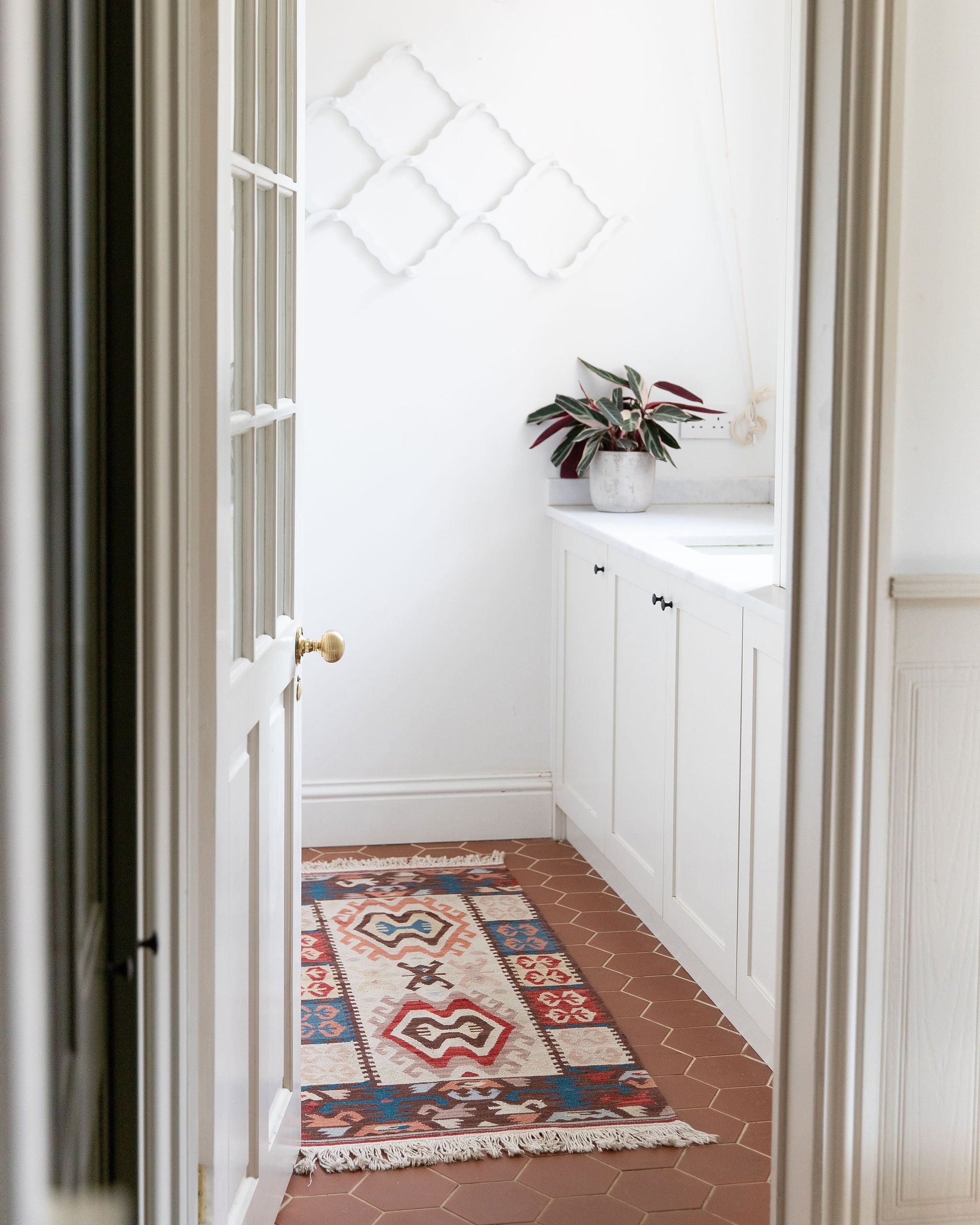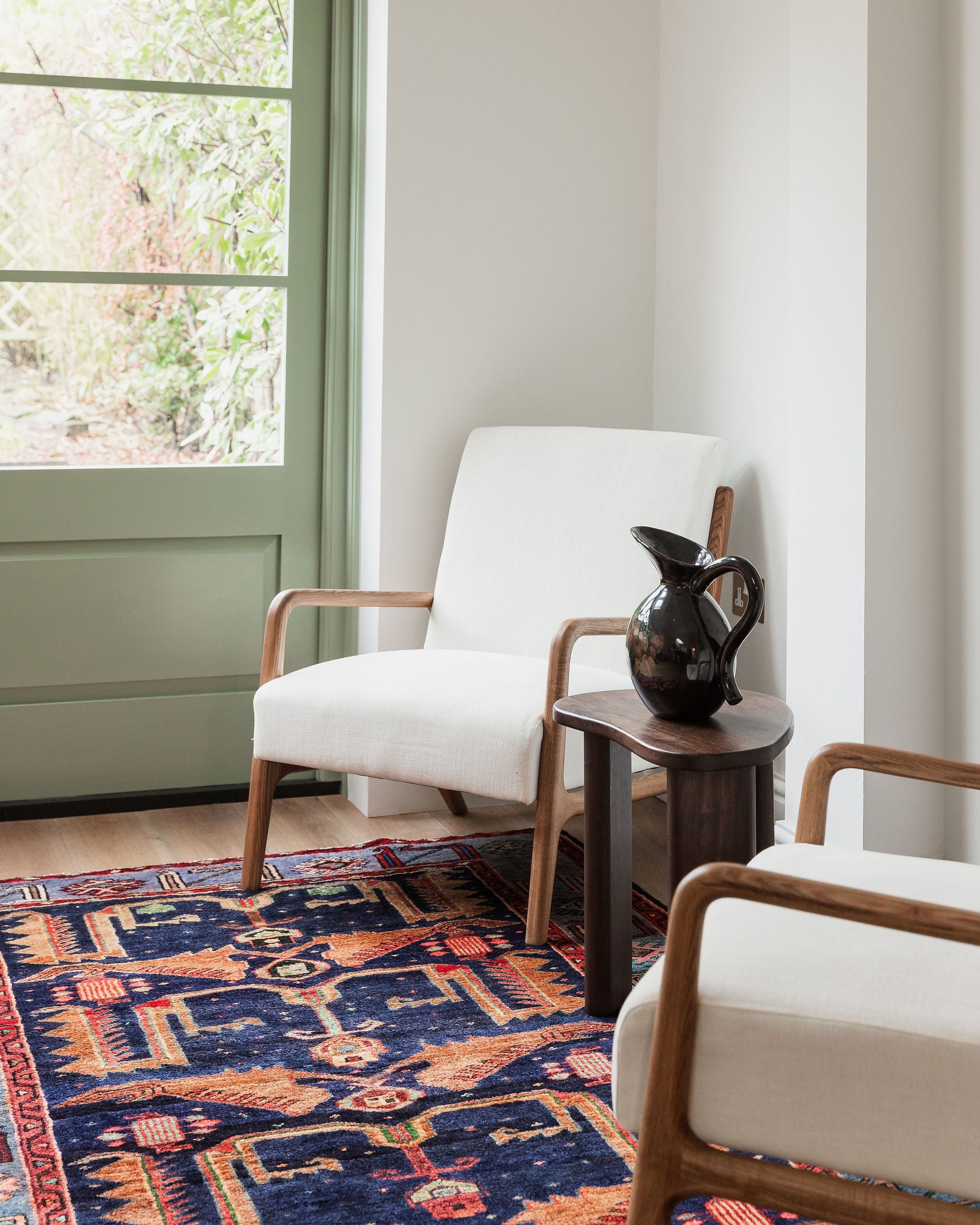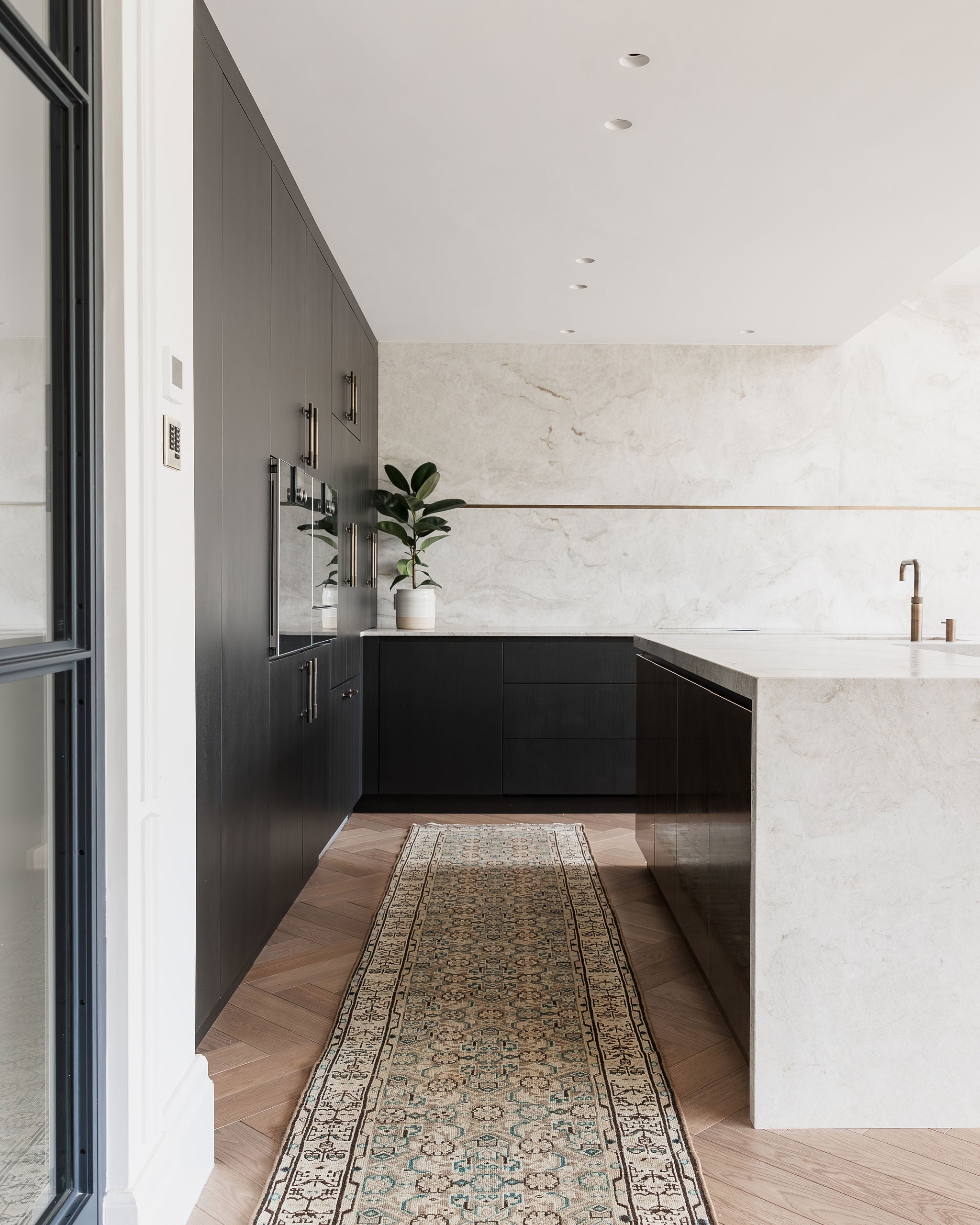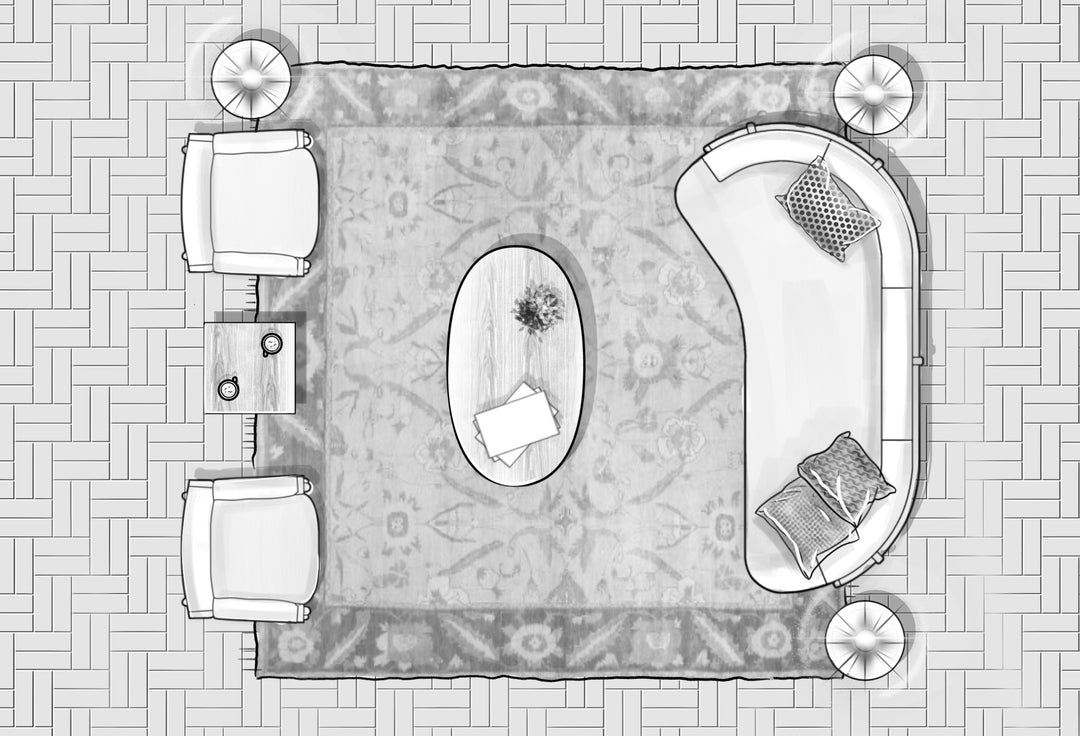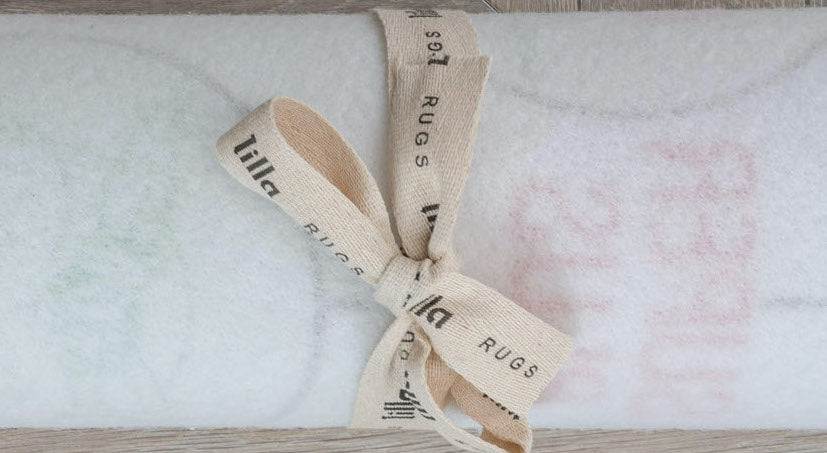Spotlight: Persian Sultanabad Rugs
Persian Sultanabad Rugs: The Captivating History of Persian Sultanabad Rugs
In the heart of Persia, nestled amidst the enchanting landscapes and the whispers of ancient civilisations, lies a tradition that weaves history, culture, and artistry into every intricate knot: the Sultanabad rugs. These exquisite creations have graced the homes of aristocrats, collectors, and admirers for centuries, captivating hearts with their timeless beauty and rich heritage. Join us on a journey through time as we unravel the captivating history of Persian Sultanabad rugs.
Origins of Sultanabad Rugs
Sultanabad, also known as Arak, is a historic city located in west-central Iran, which has been a centre for Persian rug production for generations. The origins of Sultanabad rugs can be traced back to the 19th century, a period when Persian rug weaving was flourishing, and artisans were exploring innovative techniques and designs.

Design and Characteristics
Sultanabad rugs are celebrated for their unique aesthetic and intricate patterns. What distinguishes them from other Persian rugs are their large-scale, geometric and floral designs, and a harmonious colour palette that often features soft, earthy tones. These rugs boast a versatility that complements both traditional and contemporary interiors, making them highly sought after by connoisseurs and designers alike.

Features: HART, LEXINGTON, PAXTON
Materials and Weaving Techniques
Crafted with the utmost precision and care, Sultanabad rugs are known for their exceptional quality. Artisans primarily use high-quality wool for the pile, which is hand-spun and dyed using natural pigments. The wool's lustrous texture and durability contribute to the rug's long-lasting beauty.
The weaving process itself is a labor-intensive art. Skilled craftsmen meticulously hand-knot each rug, often taking months or even years to complete a single piece. The density of knots ensures the rugs' durability and longevity.
Historical Significance
Sultanabad rugs hold a special place in the annals of history. During the 19th century, when the city of Sultanabad was emerging as a vital hub of Persian rug production, its weavers were producing these masterpieces for both domestic and international markets. These rugs became highly sought after in Europe and the United States, where they adorned the grand homes of the elite.
The renowned designer William Morris, a key figure in the Arts and Crafts Movement, was particularly fond of Sultanabad rugs. He popularised these rugs in the Western world, incorporating them into his interior designs, which further fuelled their demand and acclaim.
Legacy and Modern Revival
Despite the passage of time, Sultanabad rugs continue to enchant art collectors and interior enthusiasts. Their timeless appeal and exquisite craftsmanship ensure that they remain a symbol of Persian artistry and culture. In recent years, there has been a resurgence of interest in Sultanabad rugs, as they are being rediscovered and embraced by a new generation of admirers.
The history of Persian Sultanabad rugs is a testament to the enduring legacy of Persian craftsmanship and artistry. These rugs, born in the heart of Iran, have traversed centuries and continents, leaving an indelible mark on the world of interior design and the hearts of those who appreciate their beauty. Each Sultanabad rug carries with it the stories of generations of artisans and a rich tapestry of culture and tradition, making them a treasure to be cherished for generations to come.
You can view our Sultanabad rugs here.


